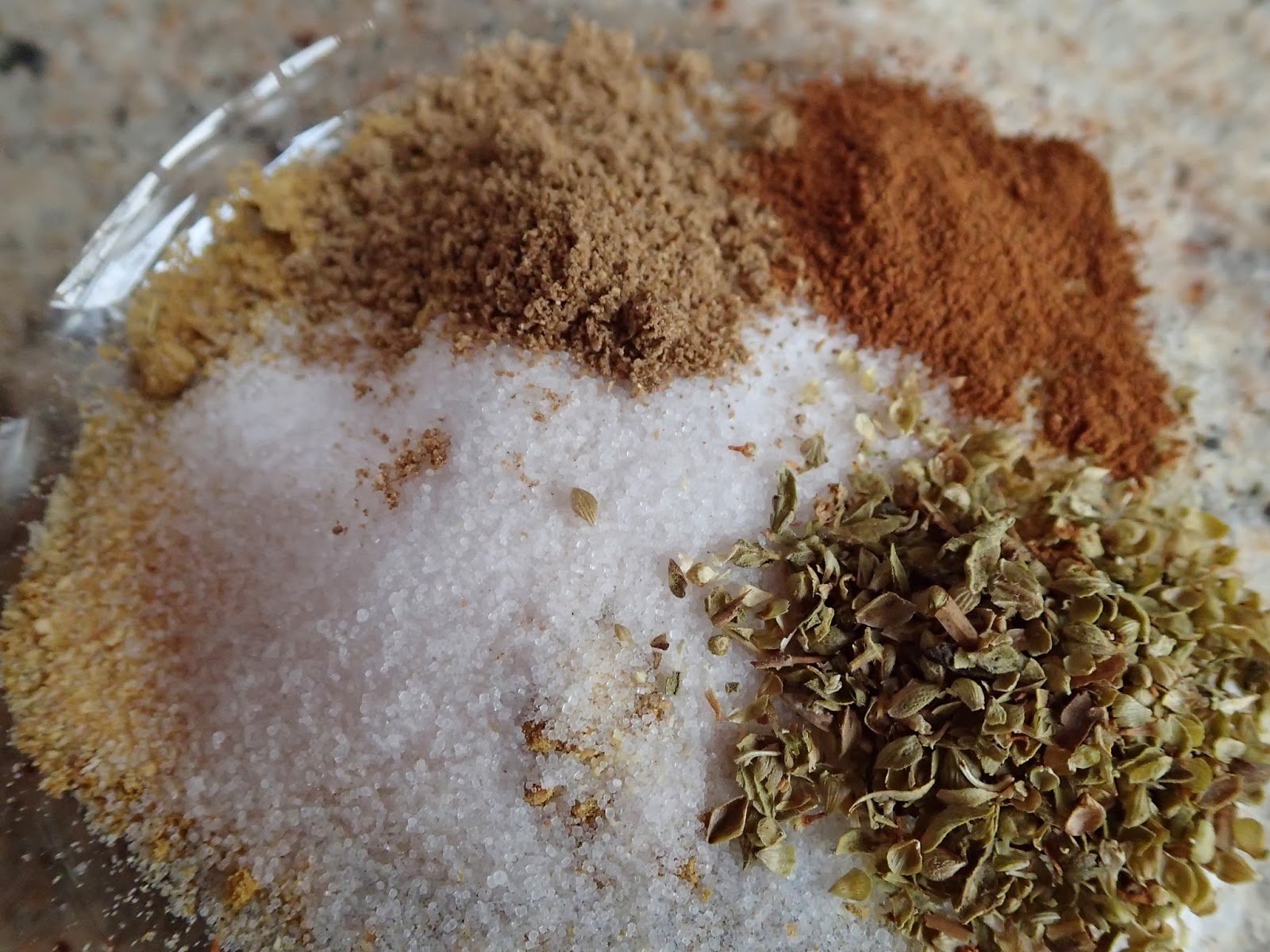I was particularly excited to find a recipe for bagels in the book. It was one of those things I'd never considered before: I never knew anyone who made them, but it made sense that you could, because where else would they come from? Glorious bagel trees? Because I would move to that orchard today. In the years since, they have become one of my signature items. My bagels are a little ugly, but they are big, and toast wonderfully. A friend in Colorado will freeze my bagels for weeks to savor them. My aunt once marveled, "Even your mom never made bagels," thus providing some of the highest culinary praise I've ever received. I've made them so often that I have the recipe memorized, and baked batches in my mind while laying awake in my tent along the Appalachian Trail.
Here's what the Brothers Einstein don't want you to know: it's really easy to make bagels. What's hard is not eating an entire batch straight out of the oven. Below is the recipe from my first bread book, with only a couple small adjustments from my own experience.
Bagels
2 t dry yeast
1 1/2 T sugar
1 1/4 C warm water
3 3/4 C flour
1 1/2 t salt
egg (for egg wash)
1/2 t salt
toppings (sesame seeds, poppy seeds, and coarse sea salt are popular choices)
- Sprinkle yeast and sugar into 1/2 C of the water. Let stand 5 minutes, stir to dissolve.
- While the yeast is standing in the water, combine flour and salt in a large bowl, then use the spoon to make a "well" in the center.
- Pour the dissolved yeast and about half the remaining water into the well. Stir in flour from the sides of the well, and add more water, as necessary, to make a firm, moist dough. I've found that I have to give up on the spoon at some point and start kneading before all the flour is drawn in to the dough. Otherwise, you'll be tempted to add more water than you need to get all the flour involved, but trust me--the dough ball in the mixing bowl is wetter than it looks, and you'll be able to work in plenty more flour while kneading.
- Knead the dough for about ten minutes, working in the remaining flour if necessary. You can add more flour at this point to get the dough very firm.
- Put the dough in a clean bowl and cover with a dish towel. Let it rise until doubled, about an hour. Punch down, and let it rest for ten minutes.
- Separate the dough into eight equal pieces. Gently roll each one between your palms to get a round ball, then (this is the fun part) pinch the center of the ball between your thumb and forefinger until they meet, and tear a little hole there. Stick a finger from each hand through the hole and twirl them a little to widen the hole. Repeat with the remaining seven dough balls, and set them on a parchment paper-lined baking sheet to rest for ten minutes.
- While the proto-bagels are resting, set your oven to 425F and let it preheat. Then put about two inches of water in a pan and get it boiling. If you want to top your bagels, make an egg wash by cracking an egg into a teacup, adding a little salt, and beating it with a fork.
- Turn the water down to a simmer and drop bagels into it one or two at a time (depending on the size of your pot). Cook each bagel for a minute, flipping them halfway through. My pot can boil two bagels at a time, and when I remove each pair back to the parchment-lined baking sheet, I brush them with egg wash and sprinkle them with seeds or sea salt while the next pair boils. I count to thirty a lot while making bagels, which makes it very difficult for me to have a conversation with anyone during this step.
- When your bagels have been boiled, brushed, and seeded, pop them in the oven for 20-25 minutes. I usually forget how long they've been in there (this never happens with most things I bake, which is weird), but I can always tell when they're done by the lovely golden-brown color of the tops. Remove to wire rack to cool.
Boiling the bagels is an important step. Do not skip it. Boiling is what gives bagels that shiny, chewy outside and the tender inside. Without boiling, these are just rolls with holes.
 |
| These are not standard bagels. These are from an experimental batch of pumpkin bagels. |



